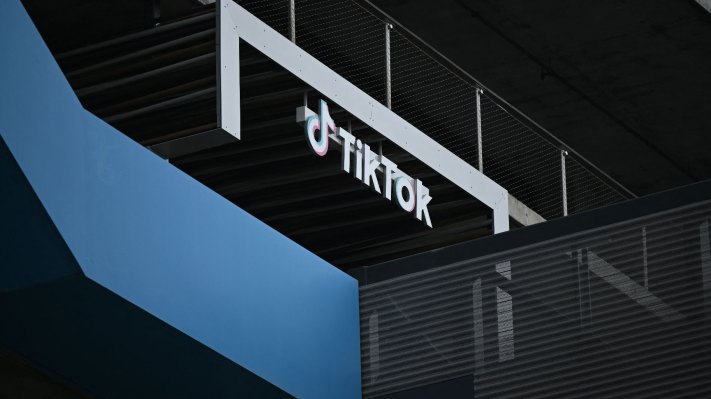
TikTok is planning to ban links to outside e-commerce links, such as Amazon, according to a new report from The Information. The reported move is seen as a way for the company to force people to use TikTok Shop if they want to purchase an item that they see on the app.
The report also says TikTok Shop is on track to lose more than $500 million in the U.S. this year. The $500 million loss reflects the company’s deep investment in hiring, creating a delivery network and subsidizing merchants that offer discounts and free shipping.
By banning outside e-commerce links, TikTok would prevent creators from promoting things like kitchen items and furniture that are available on their Amazon storefront. If someone buys an item listed on an influencer’s Amazon storefront, the influencer makes a small commission. With these reported changes, creators would no longer be able to do so.
TikTok did not respond to TechCrunch’s request for comment.
Although it’s unknown when TikTok plans to introduce the ban, once it does go into effect, TikTok users will only be able to purchase items promoted by creators through TikTok Shop. Some TikTok Shop links let users buy products directly from videos, while some creators have TikTok Shop storefronts embedded in their profiles. Going forward, this would be the only way to link products for purchase in the app.
The reported move is seen as a way for TikTok to boost sales on TikTok Shop, which currently isn’t seeing much traction. Consumers in the U.S. are currently spending around $3 million to $4 million a day on TikTok Shop, up from around half a million and $1 million a day in June, the report says. TikTok staffers expect this number to exceed $10 million by the end of the year.
TikTok Shop is a lot more successful in Southeast Asia, where it has been available since 2021. In Southeast Asia, TikTok Shop’s daily gross merchandise volume is around $50 million to $60 million. TikTok hopes to increase this number to around $90 million by the end of the year.
ByteDance wants TikTok to create an international online shopping business similar Douyin, which had a merchandise volume of more than $200 billion last year. The Information reports that the company hopes TikTok can reach similar levels by 2028. Of the $200 billion, ByteDance hopes to generate around $40 billion and $60 billion in revenue from the U.S.
The report says TikTok has been working to attract merchants to its platform. For instance, the company’s employees look at bestselling items on Amazon, and then reach out to the merchants to convince them to join TikTok Shop, while offering them zero commissions for the first three months.
TikTok Shop isn’t the only way that the company plans to expand into e-commerce, as TikTok recently confirmed that it’s testing a new in-app “Trendy Beat” shopping section where it is offering products for sale that are shipped and sold by a subsidiary of ByteDance. The feature is currently being tested in the U.K., but will likely be introduced in the U.S. as well, given that TikTok filed a trademark application in the U.S. for Trendy Beat in May.
ByteDance’s plan to start selling its own products in the video app is internally referred to as “Project S,” which leverages TikTok’s knowledge of products that are gaining popularity on the app, allowing ByteDance to either acquire or manufacture those products. ByteDance reportedly uses a network of suppliers to produce these items.
Although TikTok’s e-commerce efforts are still somewhat new in the U.S., the app already has a notable influence over users’ shopping habits, as the phrase “TikTok made me buy it” has become popular for the video app’s ability to drive impulse sales. The term currently has 7.4 billion views on TikTok and the hashtag has 67 billion.
Source link

